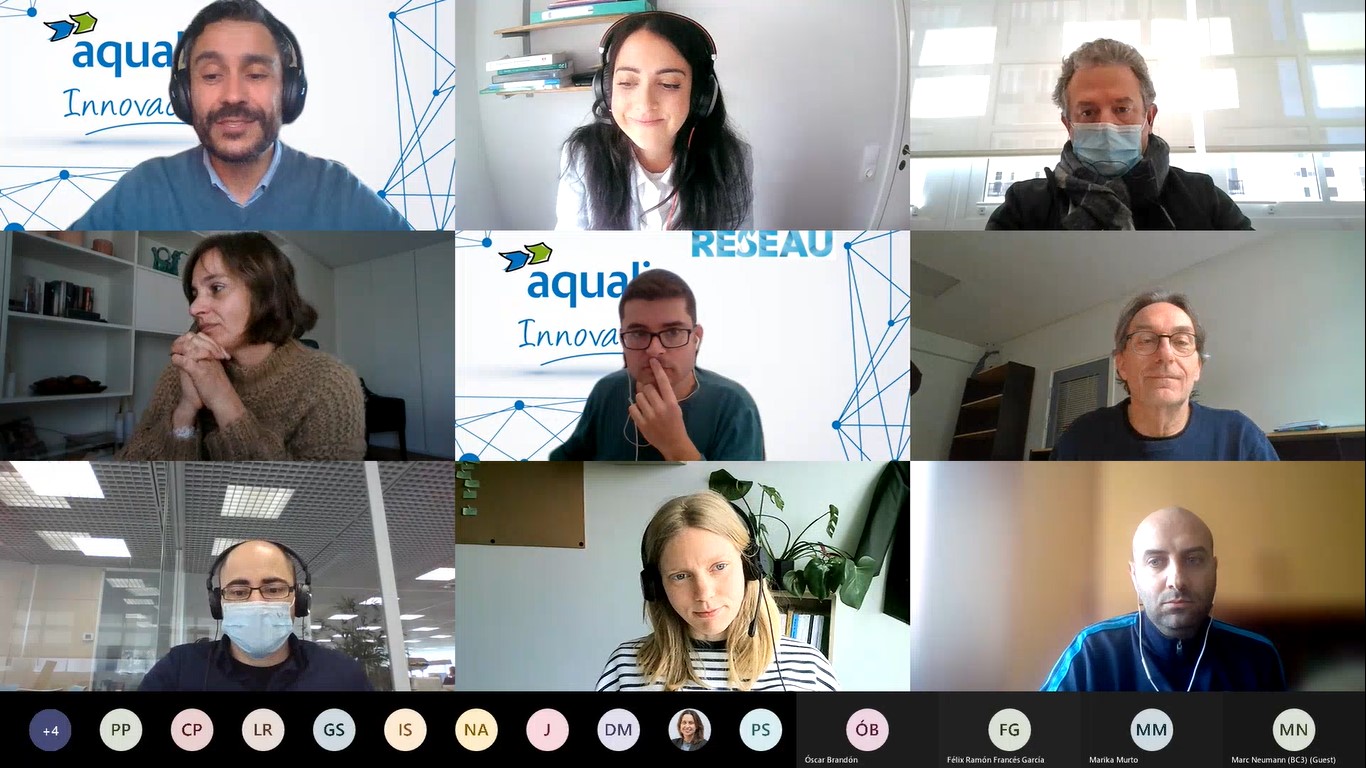
The event, held on 6 April, was the first of a series of meetings at which experts in fields such as climate change, bioreactors, stormwater management or IT tools from areas ranging from public administrations to utilities will be updated on the project’s progress.
During this first meeting, LIFE RESEAU was presented to the attendees emphasizing, on the one hand, its objectives and, on the other one, the expected results. The presentation, given by Aqualia representatives, placed special emphasis on the solutions that will be developed through demo sites located in Moaña (Spain) and Søndersø (Denmark): Advanced Biofilm Reactors, Storm Water Treatment Module and Smart Infiltration/Inflow Management System.
They went also into the expected impact of the project, to be quantified by means of environmental, economic and social indicators.
After the introduction of the project, the specific presentation of the demo site of the project in Moaña was presented. Aqualia explained the solutions to be developed in the wastewater treatment plant and combined sewer network of the municipality, as well as challenges arising from climate change that will face the infrastructure and their previous experience in Aerobic Granular Sludge (AGS) advanced bioreactors. In addition, the Aqualia team provided details on the planned intervention in the wastewater treatment plant for its retrofitting and works to install sensors in the sewer network.
The event continued with the presentation of the Danish demo site, in Søndersø, by representatives of VCS Denmark. Similarly to the Spanish case, the solutions to be implemented were presented: Membrane Aerated Biofilm Reactor (MABR) and Storm Water Treatment Module. As previously done by the Aqualia team, VCS also reviewed previous experiences related to the project.
Instituto Tecnológico de Galicia (ITG) closed the round of presentations. Its team introduced the Smart Infiltration/Inflow Management System that will be developed within the project. Their explanation reviewed the blocks in which the tool is split in order to contribute, thanks to monitored and modeled data of the sewer network, to reduce combined sewer overflows (CSOs) and simulate climate change effects.
The meeting concluded by collecting feedback and questions from the attendees, who will be contacted in the coming weeks with the aim of gathering their inputs on the topics and challenges that LIFE RESEAU will face.

